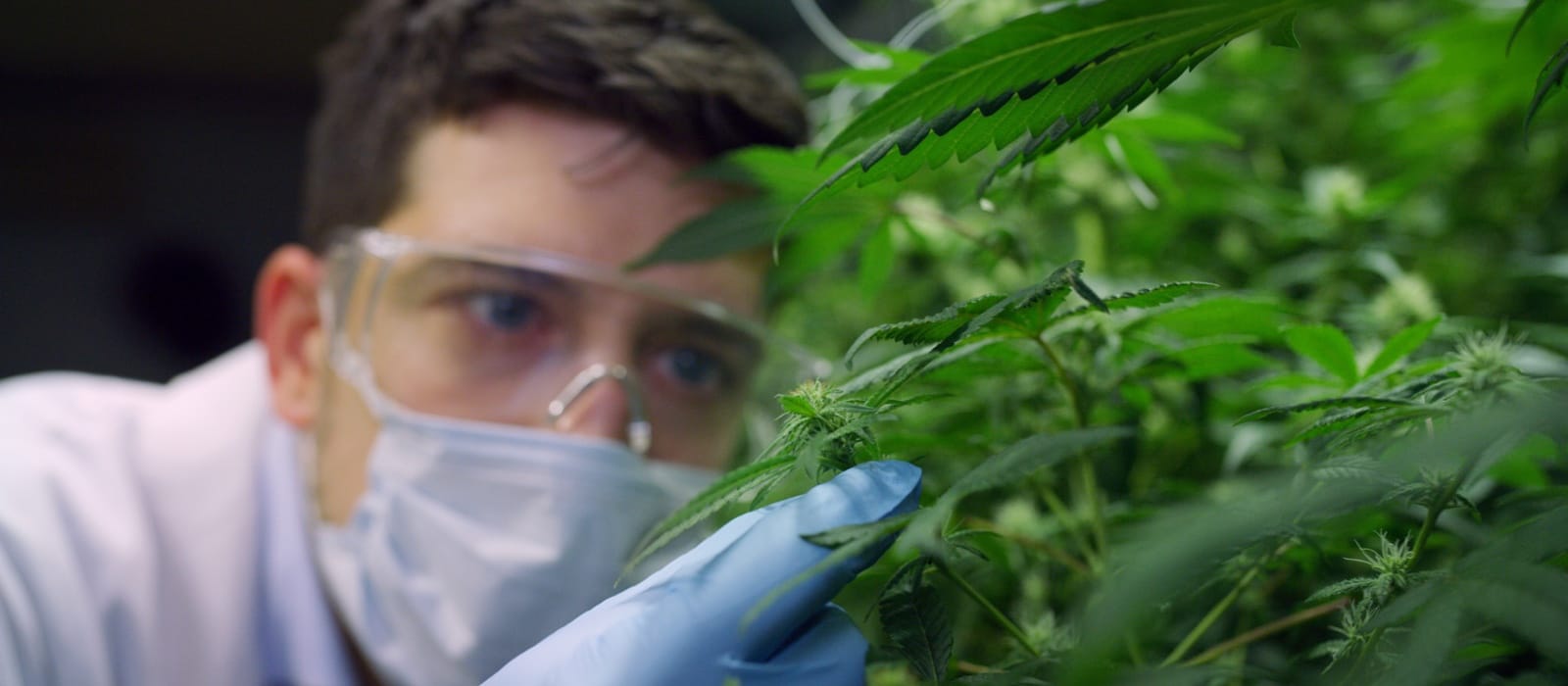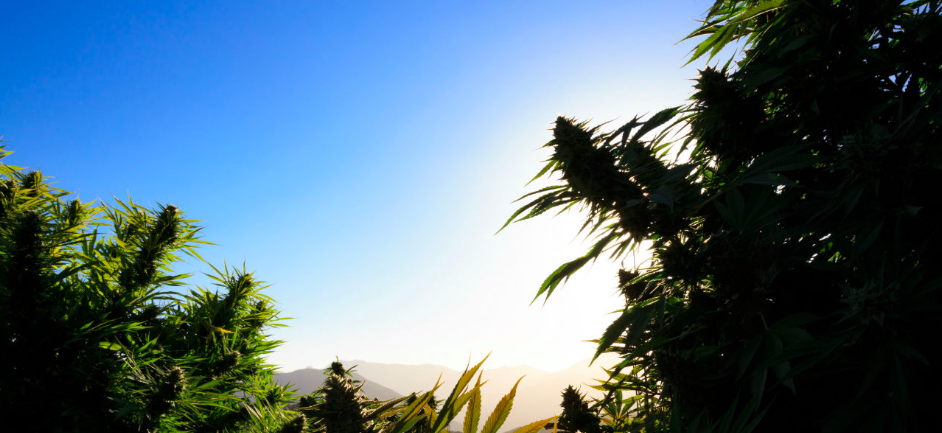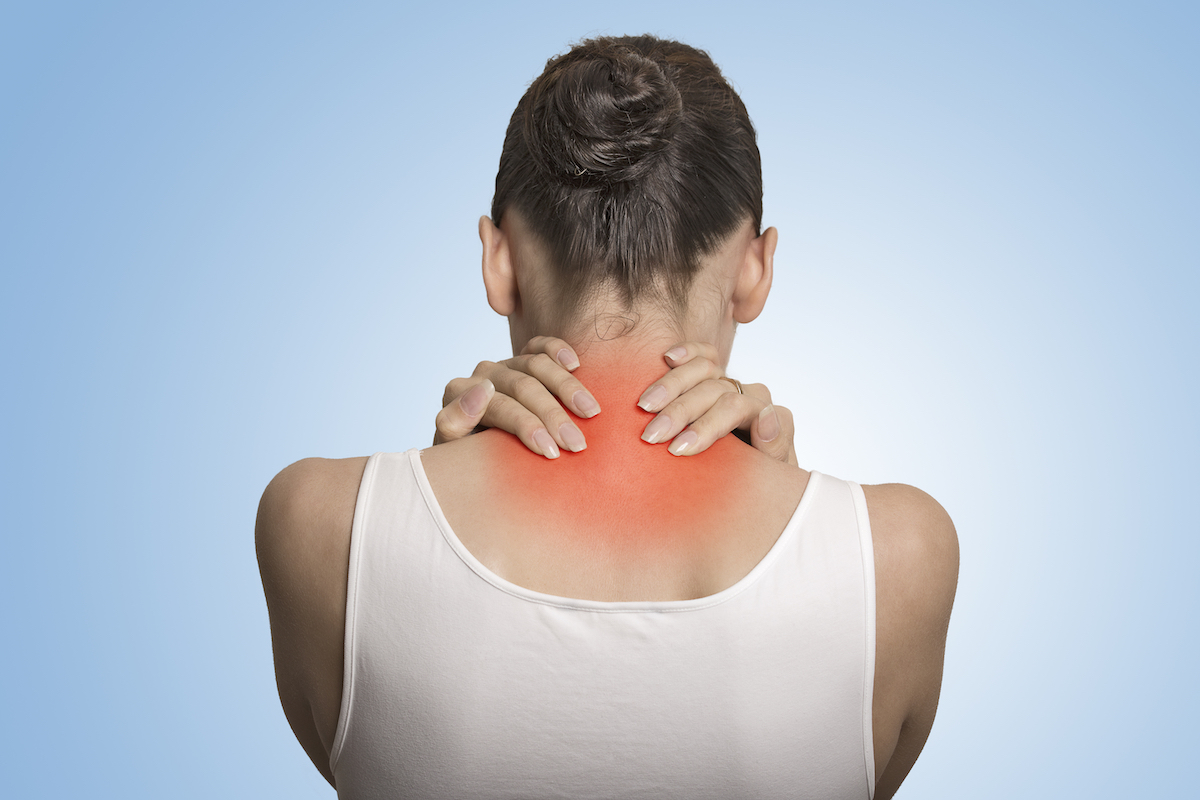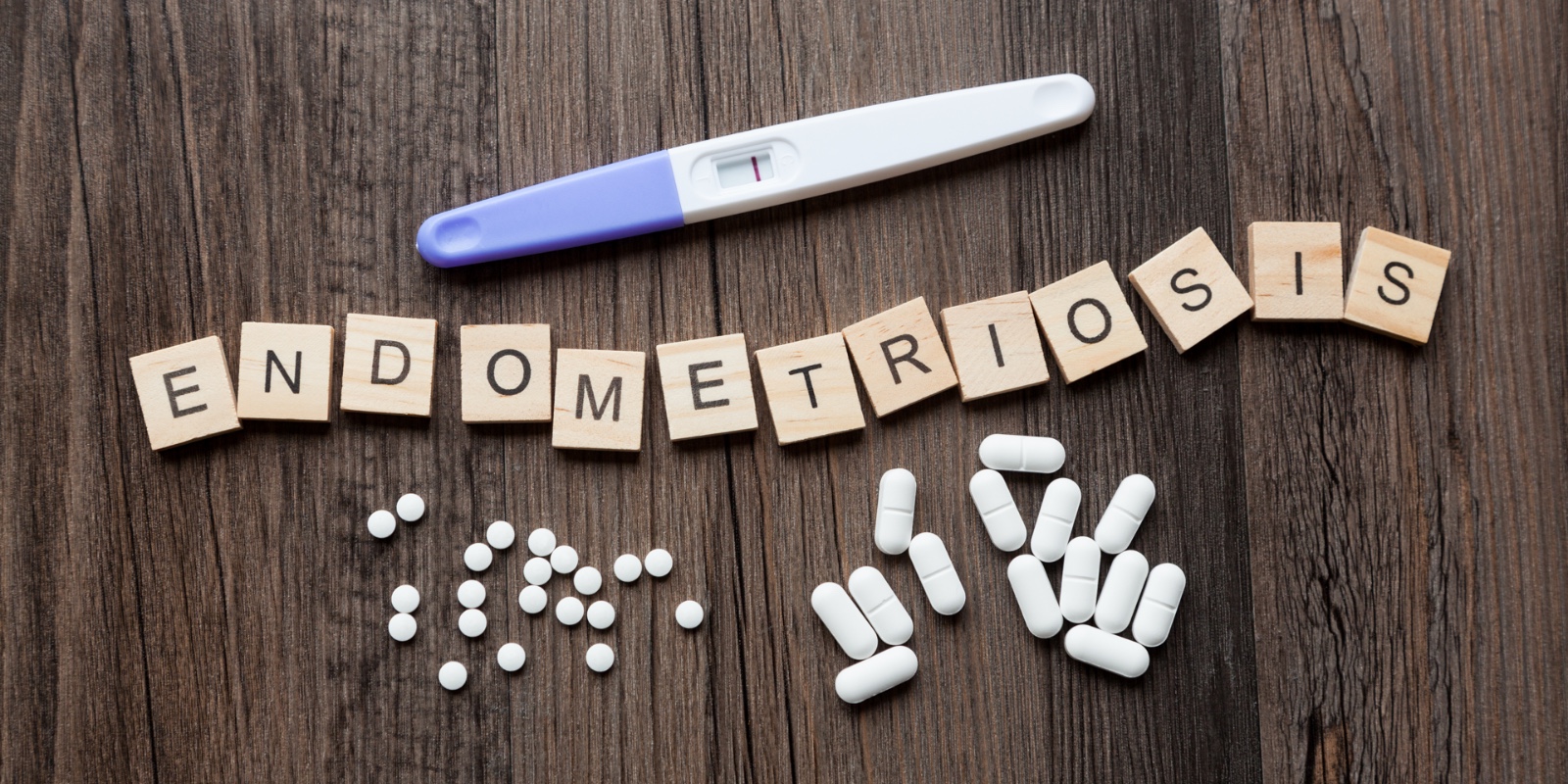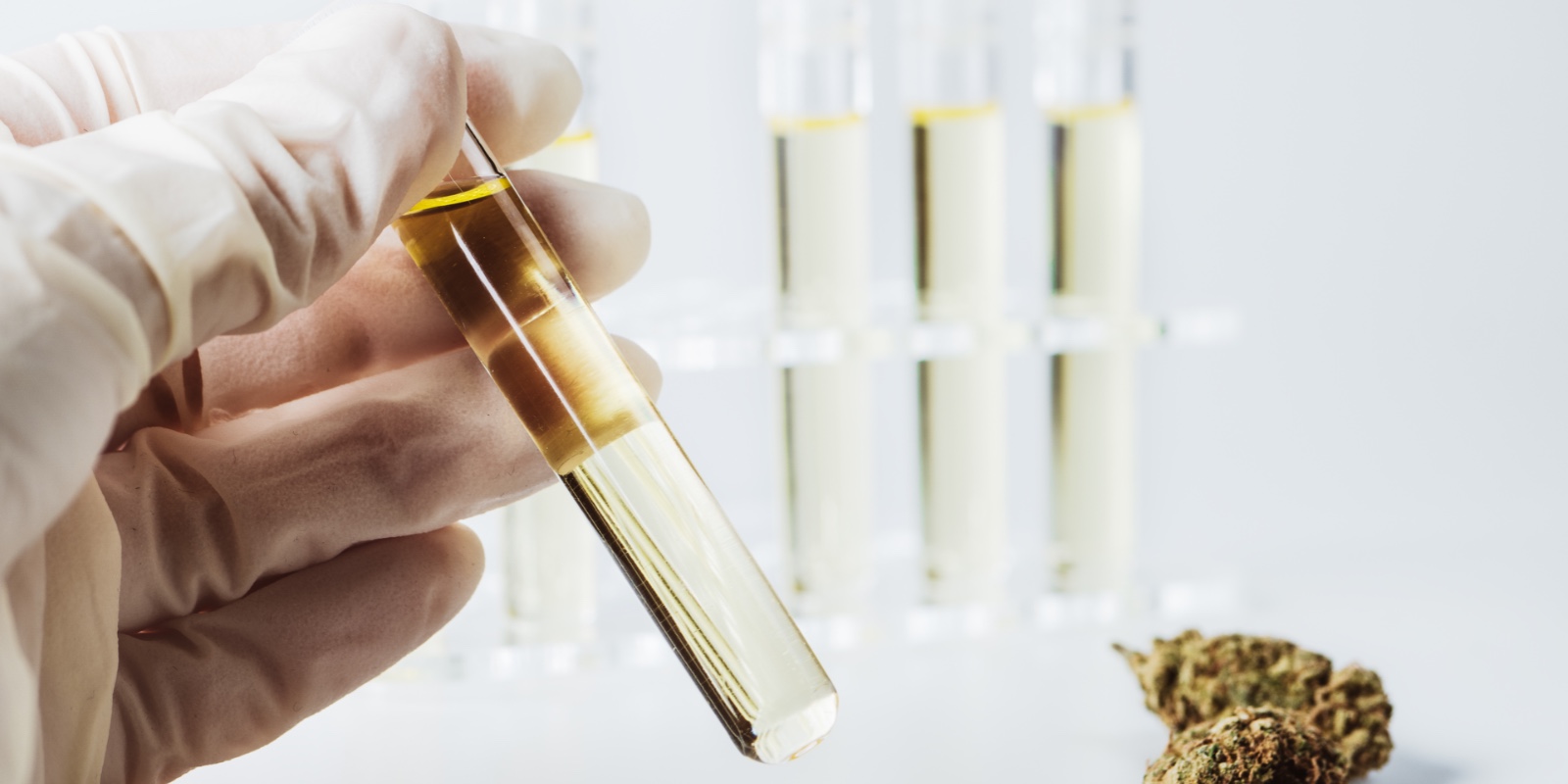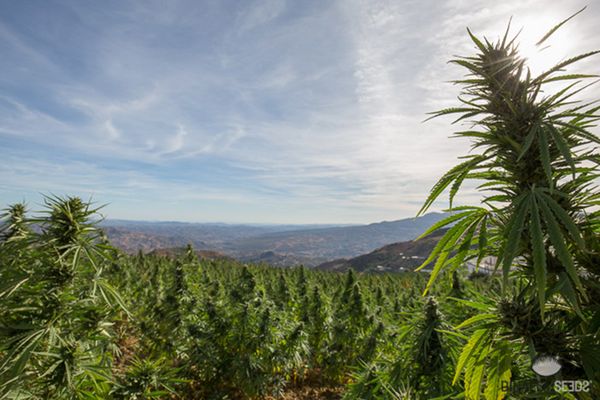- As more research on cannabinoids emerges, their potential in treating disease becomes increasingly clear.
- When it comes to ensuring the efficacy of CBD, it is essential to get the dose right, which may vary from disease to disease and from patient to patient.
- Whether you have used CBD before, or you’re a first-timer, the key question is the same: “What’s the right dose?
Dose and Toxicity of CBD
Is there a recommended dose for CBD? The short answer is no. Even if the Food and Drug Administration has approved it as a food supplement, no standard dose has been established yet. That said, various toxicity studies have concluded the cannabinoid is well tolerated by the body, producing minor side effects even when taken at high doses. According to this study, long-term use of high doses up to 1,500 mg/day of CBD is non-toxic to the body.
Because there’s no recommended dose for CBD, both patients and recreational users find themselves at a loss as how to work out the CBD amount they should use, having no alternative but to trust the manufacturer’s recommendations or the advice of friends and acquittances. In this article, we’ll walk through the factors that will help you find the CBD dose that works best for you.
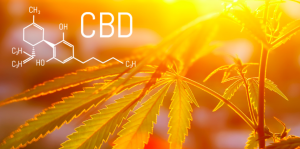
How does CBD interact with the body?
CBD is one of the most abundant cannabinoids in the composition of cannabis, second only to THC. Tetrahydrocannabinol produces effects in the body by interacting with the receptors in the endocannabinoid system. In fact, the psychoactive effect of cannabis, commonly known as “the high”, occurs because THC binds to and activates CB1 receptors, which are primarily found in the nervous system. CBD, too, interacts with CB1 receptors, but instead of activating them, stands between these and substances including THC. This is why CBD rich strains with THC/CBD ratios of 1:1 or 1:2 are less potent than high THC strains with virtually no CBD.
In addition to CB1 receptors in the nervous system, CBD interacts with other receptors in the body including CB2 receptors, which are mainly found in the cells of the immune system and its associated structures, causing CBD to stimulate the anti-inflammatory response.
How’s CBD more effective: isolated or co-administered with THC?
It all depends on the condition being treated. While pain responds best to a combination of the two cannabinoids – they both produce the same analgesic and anti-inflammatory effect, although through different mechanisms – anxiety would probably be better dealt with by using just CBD, which contrary to THC, is a highly effective anxiolytic.
Getting the right ratio
The medicinal properties of cannabinoids need to be further studied before a patient and disease-based dosing protocol can be defined. Meanwhile, what you can do is calculate an indicative dose based on the condition you want to treat and adjust it as necessary according to your progress. Because each individual is different, conventional medicine, too, works this way to some degree.
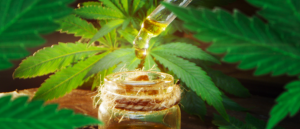
How to calculate the right dose
So, does this mean it all comes down to trial and error? Well, it does in a way. If you intend to use CBD for treating a disease, we recommend that you follow the steps below:
Where possible, seek advice from a medical practitioner about the CBD dose that could work best for you. As explained in previous articles, CBD is not entirely harmless. Even if mild, it may produce side effects and interact with other drugs.
Once an indicative dose has been calculated, start small and gradually increase the dosage until you obtain the desired effect. You should do this by observing how your body reacts to the different doses.
What factors should you consider when calculating the CBD dose?
- Your weight: Adjust the dose if you lose or gain weight to maintain the desired effect.
- Your metabolism: While your metabolism won’t change overnight, a change in your lifestyle can seriously alter the effect a substance has on your body. So, if for instance, you lead a sedentary life and decide to introduce exercise into your daily routine, you may need to consider a dose adjustment. Also, remember that because every metabolism is different, what works for another person may not be right for you.
- The condition being treated and its severity:As mentioned above, each disease – and disease stage – requires a different dose of CBD, which may have different efficacies if co-administered with other cannabinoids or drugs.
- Your tolerance to CBD: Clinical studies show that the same dose of CBD can produce different side effects in different patients, so ensure that you listen to the signs your body shows you. Only you can know exactly how CBD sits in your body.
- The CBD concentration:Not all CBD products contain the same CBD concentration, so always read the product label to get a clearer idea of how much CBD you’re consuming.
- The administration route:The bioavailability of CBD – i.e. the actual amount of substance that makes it to the receptors in the endocannabinoid system – varies depending on the administration route, meaning the efficacy of the CBD you take will partly depend on your chosen method of use. This is why before you can work out the right dose for you, you’ll need to inform yourself about the efficacy offered by your chosen route of administration.
It can seem complicated, but it’s really very easy. Just have a look at the options below:
- Vaporisation: This easy-to-use method involves vaporising liquid CBD through an e-cigarette or cartridge. Inhaled cannabidiol has a bioavailability of 40 per cent, which means your body will absorb 40 per cent of the amount stated on the e-liquid or cartridge label. Vaporisation is one of the fastest ways to get the benefits of CBD, taking from seconds to half an hour to take effect.
- Ingestion: The main drawback to ingesting CBD orally is that just 6 per cent of what goes through your gastrointestinal system is absorbed by the body. Also, because bioavailability varies greatly based on your diet and physiological characteristics, the method is quite unstable. That said, there are people who like to take CBD orally because, contrary to cartridges and tinctures, capsules always contain the same amount of CBD, meaning you don’t have to make approximations when calculating the dose, which greatly simplifies the process.
- Sublingual administration: Sprays and tinctures are among the easiest ways of consuming CBD. You just have to fill a dropper with CBD tincture, pop a few drops under your tongue and hold them there for 30-90 seconds. This way the CBD will be absorbed directly into your bloodstream without passing through your lungs or liver, resulting in increased bioavailability. With this method, maximum effect is reached after just 5-10 minutes.
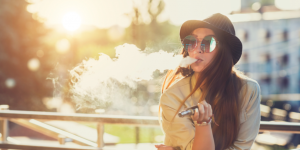
You might need to adjust the dose over time
The THC/CBD ratio – or isolated CBD dose – that works best for you now may not work in the future. Your body will change over time, and so will your endocannabinoid system and the density of its receptors. This is why if you use CBD on a long-term basis, you might eventually need a dose adjustment.
CBD has a biphasic effect
Another factor to consider is the biphasic nature of cannabinoids, which means they have varying effects at different doses. Hence the importance of getting the dose right, notably when CBD is used medicinally.
CBD binds to different receptors
The biphasic effect of CBD is due to its interaction with different receptor systems in the body. At low doses, CBD tends to bind just to receptors for which it has a high affinity, which in turn activate the mechanisms that produce the desired effect. At high doses, however, these receptors become saturated and excess CBD starts to bind to receptors in other systems, activating different mechanisms with different effects. This is why getting the right dose is key to obtaining the desired effect.

